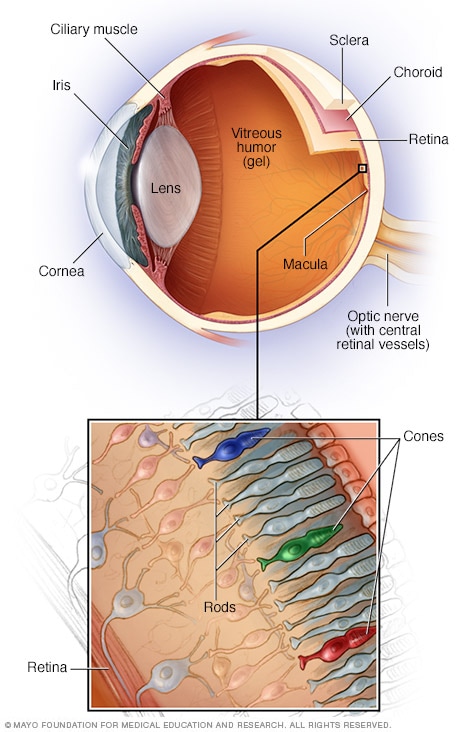It’s a cycle that’s vital to life — we eat food, digest it, and excrete what we can’t use.
Excretion, though often a subject of disgust or humor, is very important. It usually begins on the first day of a baby’s life, when the newborn passes his first stool, called the meconium.
But some babies have trouble. If a baby can’t have a bowel movement, he may have Hirschsprung’s disease, a condition in which there are missing nerve cells in the large intestine.
Hirschsprung’s disease is congenital — that is, it develops during pregnancyand is present at birth. Some congenital conditions happen because of the mother’s diet, or because of an illness she had during her pregnancy. Others are because of genes the parents pass on to the newborn.
Researchers don’t know why some people have Hirschsprung’s disease, though they believe the disease is related to flaws in DNA instructions. Though the disease can be deadly, modern medicine is able to fix the problem with surgery, and children who have been treated can live normal, healthy lives.
What Causes Hirschsprung’s Disease?
It begins to take hold in a baby in the early months of pregnancy.
Usually, as the baby develops, nerve cells are created throughout the entire digestive system, from the esophagus — which leads from the mouth to the stomach — all the way to the rectum. Normally, a person will have up to 500 million of these types of nerve cells. Among other roles, they move food through your digestive system from one end to the other.
In a baby with Hirschsprung’s, the nerve cells stop growing at the end of the large intestine, just before the rectum and anus. In some children, the cells are missing at other places in the digestive system as well.
That means the body can’t sense when waste material reaches a certain point. So the waste material gets stuck and forms a block in the system.
Hirschsprung’s disease affects about one in every 5,000 newborns. Children with other congenital conditions, such as Down syndrome and heart defects, are more likely to have the disease. Parents who carry the code for Hirschsprung’s disease in their genes, especially mothers, may pass it on to their children. Boys get it more than girls.
Symptoms
For the vast majority of people with Hirschsprung’s disease, symptoms usually begin within the first 6 weeks of life. In many cases, there are signs within the first 48 hours.
You may see swelling in your child’s abdomen. Other symptoms you might see include:
No bowel movements: You should be concerned if the newborn does not produce a stool or the meconium in the first couple of days. Older children with Hirschsprung’s may have chronic (ongoing) constipation.
Bloody diarrhea: Children with Hirschsprung’s may also get enterocolitis, a life-threatening infection of the colon, and have bad cases of diarrhea and gas.
Vomiting: The vomit may be green or brown.
In older children, symptoms may include growth issues, fatigue, and severe constipation
Treatments
Hirschsprung’s disease is a very serious condition. But if found quickly, it can almost always be cured by surgery.
Doctors will usually do one of two types of surgery:
Pull-through procedure: This surgery simply cuts out the part of the large intestine with the missing nerve cells. Then the rest of the intestine is connected directly to the anus.
Ostomy surgery: This surgery routes the intestine to an opening made in the body. The doctor then attaches an ostomy bag to the outside of the opening to hold the waste from the intestine. Ostomy surgery is usually a temporary measure until the child is ready for the pull-through procedure.
After surgery, some children may have issues with constipation, diarrhea, or incontinence (lack of control over bowel movements or urination).
A handful may get enterocolitis. Signs include rectal bleeding, fever, vomiting, and a swollen abdomen. If that happens, take your child to the hospital at once.
But with proper care — especially a proper diet and plenty of water — these conditions usually take care of themselves. Within a year of treatment, 95% of children should be cured of Hirschsprung’s disease.


















